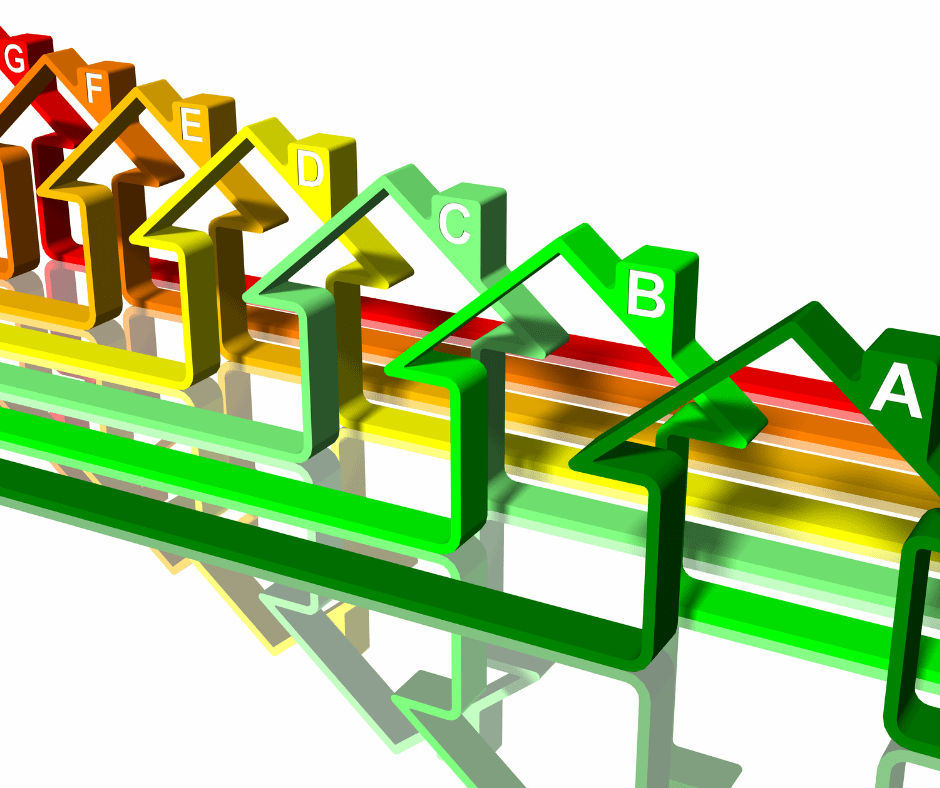Any insulation has the same objective: to lessen the flow of heat into or out of your house. The best kind of insulation depends on your home and demands. There are various types of insulation materials, such as fiberglass, polystyrene, mineral wool, and more, and application techniques, like spray-in foam, loose-fill, rolls of batting, and more. Understanding the risks of insulation exposure is crucial for long-term exposure. If you are facing too much exposure to fiberglass, it is essential to know how to get fiberglass out of skin to prevent long-term risks.
Insulation slows heat flow into the house in the summer and out of the house in the winter by trapping tiny pockets of air. The “R-value” of the insulation determines how well it does this; the higher the number, provided the insulation is installed correctly, the better the insulation is at resisting heat transfer.
How much Energy does Insulation save?
If you care about the environment, you know how crucial it is for everyone to reduce their energy use and carbon footprints to counteract the consequences of global warming.
The production of energy contributes to releasing greenhouse gases, mostly carbon dioxide, from burning fossil fuels.
The US Energy Information Administration estimates that 4.01 trillion kWh of electricity was produced in the US. It comes from all energy sources, including coal, petroleum, and natural gas.
You are already ahead of the game if you produce your electricity from renewable sources, like solar PV. However, increasing insulation will have a considerably higher positive impact on lowering carbon emissions and combating climate change if your electricity is generated from fossil fuels.
Where to put Insulation in your Home?
You will have the greatest idea of where to concentrate your insulation upgrades if you do an energy assessment of your house. However, it is safe to assume that the attic is where to start in most homes, especially those constructed before 1960.
Insulation should be installed above and between the floor joists to safeguard the living areas below. Additionally, you should check the insulation levels in any exterior walls, walls separating the house from unheated areas, such as an attached garage, and floors above unheated areas, such as crawlspaces.
Sealing drafts from your dryer vent, fireplace, window and door frames, and other places is also essential.
Is an Insulation upgrade worth it?
Improving a home with inadequate insulation is well worth the cost for most homeowners. It is an improvement that will save money on energy costs and increase the value of your home, plus it has the added advantage of lowering greenhouse gas emissions. Take the time to consider your options and create a strategy that will leave you with a home that is adequately insulated and sealed. Contact us to learn more.
Key Takeaways
By insulating your home, you can reduce your monthly heating and cooling costs by 15% on average and your house’s overall energy costs by 11%.
Every month you save hundreds of dollars on energy, which equates to thousands of dollars annually.

